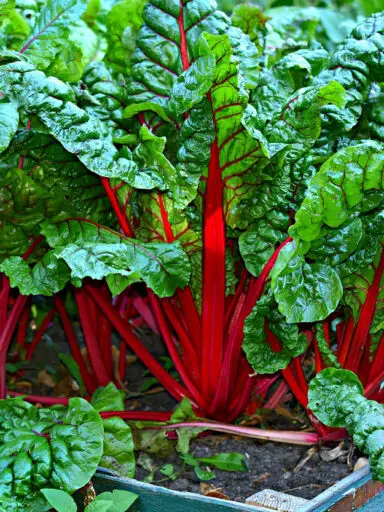The raspberry is an edible aggregate fruit related to the youngberry and blackberry that has small drupelets arranged in a circular fashion. It is a perennial shrub that grows best in temperate regions in well-drained soils. As described above, this fruit is not a true berry.
The name is derived from raspise which is a sweet rose-colored wine. The plant propagates using suckers that extend underground and the shrub can get to be invasive. Just like the blackberry, raspberries are harvested once the fruit comes off the receptacle quite easily.
This fruit comes in a number of varieties that produce different colored berries including black, purple, blue, golden, or yellow, and the most common, the red variety. Of these colored variations, there are numerous cultivars within each color range.
The berry generally grows to about 3-5 grams and about 1-2 cm in length. Each fruit produces roughly 100 drupelets. The biggest producers of the raspberry are Russia, Poland, the United States, Serbia, and Mexico.
Unlike blackberries and dewberries, a raspberry has a hollow core once it is removed from the receptacle making it easy to differentiate them. They are available throughout the year in the markets but fresh and abundant in the Northern hemisphere summer months.
In the stores depending on the cultivar, they should be selected when bright and vibrant in color with attached caps. They should be firm and free from bruises, mold, or excessive dirt. The fruit is highly perishable and therefore should be purchased when needed. They can be stored in a refrigerator for about two to three days. To store for longer periods you can freeze the fruit.
Preparation of Raspberry for Consumption
Raspberry should be washed in a bowl of cool water and swished to remove any dirt, sand, or pesticide residue. They should then be patted dry with a towel or paper towel. The stems and caps can be removed by plucking them off with the fingers.
Raspberry can be eaten as a delicious snack in its natural form at home or straight off the bush. It can also be used as an ingredient in vegetable and fruit salad dishes.
It is also used in baked goods to flavor pastry dishes as is in a Danish pastry. They are also used in muffins, cakes, tarts, and pie dishes. It is also common to find them being used to flavor dairy products such as ice cream, milkshakes, smoothies, and yogurt preparations.
It is not unheard of to find raspberry used to make juice and cocktail mixes.
Nutritional Benefits of Raspberry
Raspberries contain 52 calories per 100 grams and contain no cholesterol. They are rich in dietary fiber, vitamins, minerals, and anti-oxidants. They are rich in vitamin C and have moderate amounts of vitamin E and vitamin K. They also contain a moderate amount of the B complex vitamins such as folates, niacin, riboflavin, and pyridoxine.
This berry is rich in copper, manganese, iron, and magnesium.




